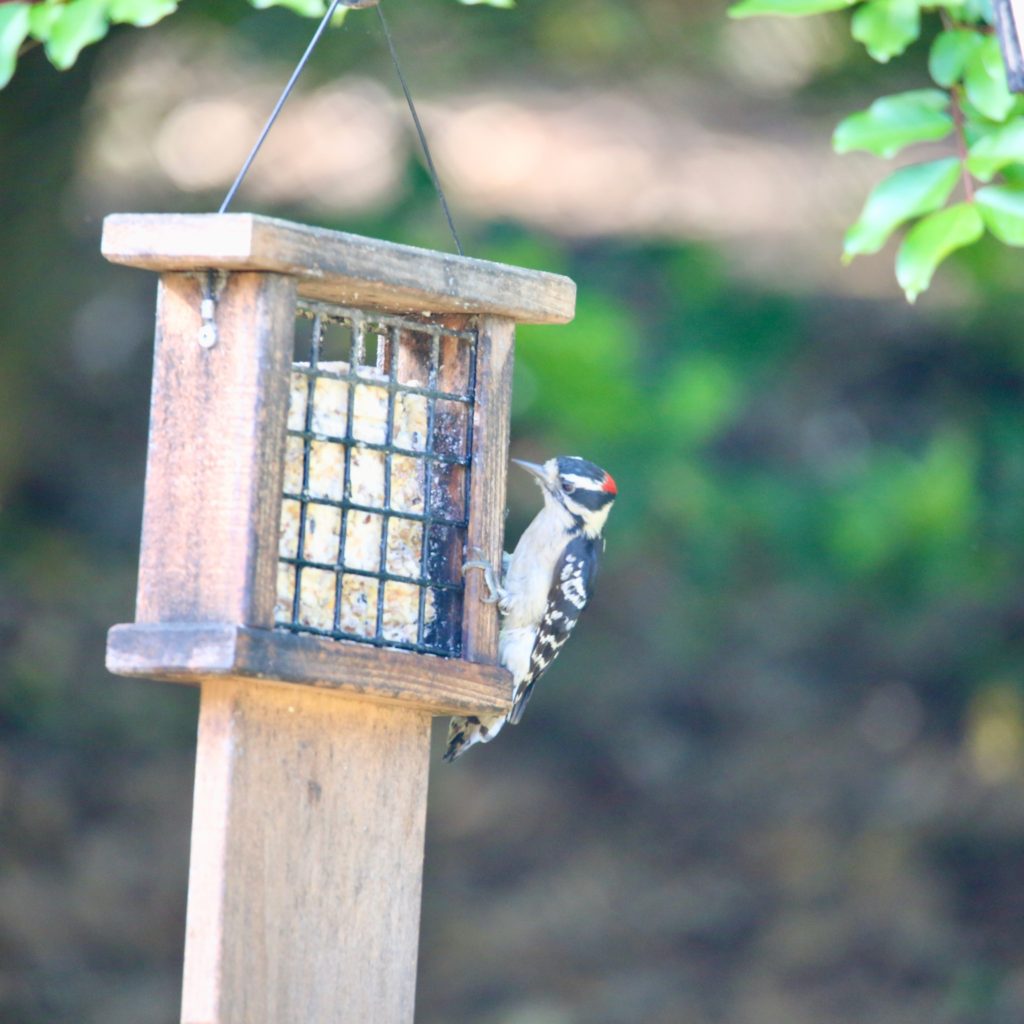
Bird Watching at Isle Royale National Park
Share
Isle Royale National Park is an American national park in the state of Michigan, formed of Isle Royale and over 400 small adjacent islands. The park also includes the neighboring waters of Lake Superior. Isle Royale is the fourth-largest lake island globally, running 45 miles long and 9 miles wide, with an area of 206.73 square miles. Additionally, it makes the largest natural island in Lake Superior and the second-largest island in the Great Lakes. In 1980, the park was
declared a UNESCO International Biosphere Reserve. Later, in 2019, it was added to the National Register of Historic Places 2019 as the Minong Traditional Cultural Property. The park covers 894 square miles, 209 square miles is land, and 685 square miles is surrounding waters.
Major Attractions at Isle Royale National Park
Isle Royale National Park in Michigan is spread over 100,000 acres of protected wilderness. The landscape comprises boreal forests of sugar maple, yellow birch, and northern white cedar trees. The flora population includes more than 600 flowering plant species and lichens, shrubs, ferns, and mosses.
The North Woods offer an isolated slice of paradise for nature lovers. The park is a prime example of Northern Biome forests, lakes, bogs, and island shorelines. The ancient rocks that built the park's scenery have been scored by the movements of retreating glaciers 10,000 years ago.
The island is secluded for the most part and does not allow much human intervention. No vehicles have access inside the park either. However, the park offers a full range of outdoor and adventure activities like hiking, fishing, camping, and paddling opportunities to its visitors. The quiet natural surroundings remain undisturbed from pollution, giving a clear view of the majestic aurora borealis, better known as the Northern Lights, and dark skies with bright twinkling lights. The park is home to a large wildlife population and is best known for its local moose and gray wolf. Other mammals like beavers, red foxes, snowshoe hare, minks, and river otters are also seen.
GET KIDS BIRD WATCHING
Bird Watching at Isle Royale National Park
The forested area, surrounding water bodies, and minor human disturbances create the ideal paradise for a wide range of birds and other wildlife. Some of the commonly observed varieties found in Isle Royale National Park are the Sandhill Crane, Great Blue Heron, Downy Woodpecker, Snow Bunting, Double-breasted Cormorant, Winter Wren, and Ovenbird, among others. Isle Royale National Park is a well-recognized Important Bird Area (IBA). Isle Royale is also known to be home to a large number of nesting Merlins and Common Loons.
10 Birds to See at Isle Royale National Park
Sandhill Crane
Sandhill Cranes are tall, large, and gray with long necks and long legs. They also have red crowns and long bills. Sandhill Cranes live throughout North America. They have made a recent comeback in population. Sandhill Cranes are not endangered but are definitely being watched. They live in the prairie region of North America. Sandhill Cranes have great dancing skills and make recognizable trumpet sounds. They eat the roots of plants in water. They will also eat insects, frogs, snakes, rodents, seeds, and berries. Sandhill Cranes usually lay 2 eggs in a nest built on the ground. They will sometimes build a nest that floats on water that is anchored to plants. Sandhill Cranes that reside in the north migrate more than their southern counterparts.
Pine Warbler
Pine Warblers have beautiful yellow bodies. You can find them in the eastern United States. Their population is steady, with slight increases. Like their name, Pine Warblers make their homes in pine trees. They may be hard to see up in the high branches. Pine Warblers like to eat seeds, peanuts and cracked corn. They lay 3 to 5 eggs in a nest high above the ground in a pine tree. Their nests are made of pine needles, twigs, bark, spider-webs, and lined with feathers. They migrate early in the spring and again late in the fall.
Downy Woodpecker
Downy Woodpeckers are black and white with a small red patch on their head. They are the smallest Woodpecker and live throughout North America. These birds are common and their population is steady with no risk of being endangered. They make their homes in backyards, parks, and woodlots. Downy Woodpeckers do not sing songs; they drum. In the winter, they like to hang out with other birds such as the Nuthatch and Chickadee. They eat mostly insects, but also eat seeds and berries. Downy Woodpeckers build their nests in holes of dead trees and keep them camouflaged. They lay 4 to 5 eggs. Downy Woodpeckers are permanent residents; however, some in the north migrate south in the winter.






















































































